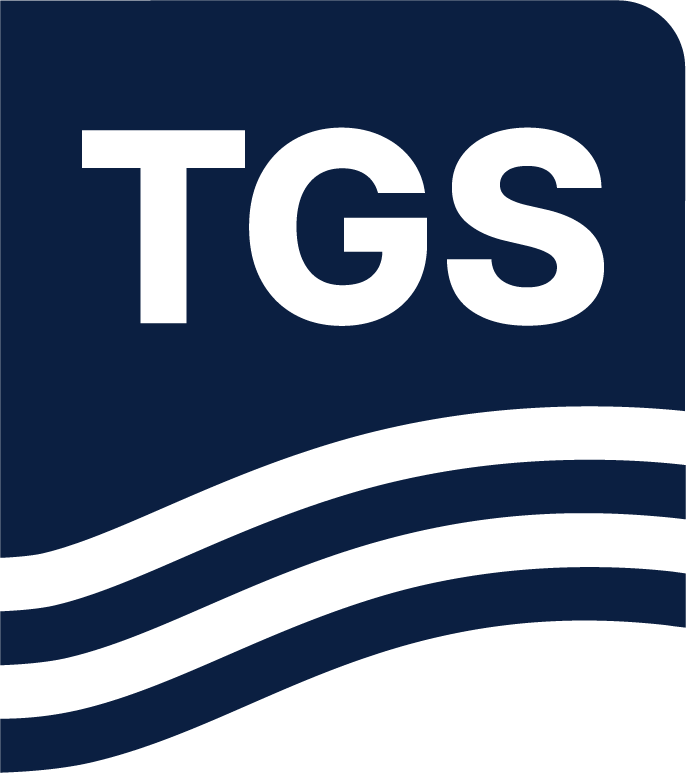First Published: GEO ExPro - Exploration Opportunities, October 2025, by Felicia Winter, Thomas
Hansen and Emily Kay (TGS).
Abstract
Mauritania and Senegal have jointly been producing gas, with the first shipments occurring during the first half of 2025, while Senegal has produced oil independently for a year. Despite this success, the deepwater basin domain remains underexplored, highlighting the importance of more robust de-risking of open acreage. The extent of hydrocarbon maturation along the margin and the degree of reservoir charging are still not fully understood. With a vast 3D data coverage having recently been added to the multiclient data library offshore Mauritania, play extents and prospects can be mapped over a greater area, inferring untapped subsurface potential. However, there is a need to better calibrate the subsurface evaluation with well data to entice re-investment. Similar trends are seen elsewhere along the West African margin, where exploration is moving into increasingly frontier areas. In Côte d’Ivoire, for example, extensive multiclient seismic coverage and recent exploration successes have broadened the scope of opportunities. Much of the Côte d’Ivoire basin remains underexplored, but recoverable reserves totaling 4.5 billion barrels of oil and 13 Tcf of gas from 82 fields underscores the potential yet to be realised.

East to West mega-regional arbitrary seismic line across the Mauritanian margin showing the key horizons mapping reservoir sequences and fairways from shelf edge into the deepwater domain.
This article highlights how extensive coverage of high-quality multiclient 3D enables more effective tracking of reservoirs already tested by exploration wells. The source-to-sink story becomes more concrete when fairways are mapped on mega-regional 3D data compared to hypotheses generated from regional 2D or patchy 3D survey coverage, as demonstrated by examples offshore Mauritania (Figure 1). Data quality also plays a crucial role in upstream ventures, as an example from offshore Côte d’Ivoire will show. In deepwater exploration, where higher risks are balanced by the potential for higher rewards, both data quality and coverage are especially vital, which we observe along the West African margin. As exploration continues to advance into greater water depths, modern multiclient 3D data proves essential in identifying and de-risking the next generation of targets prior to drilling.
Read the full article here.

